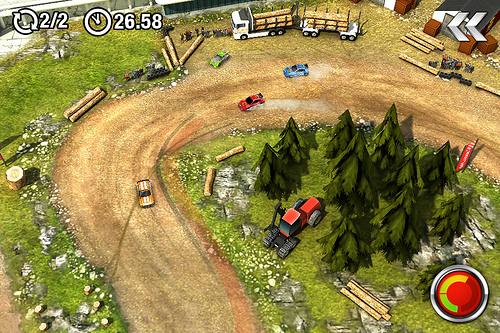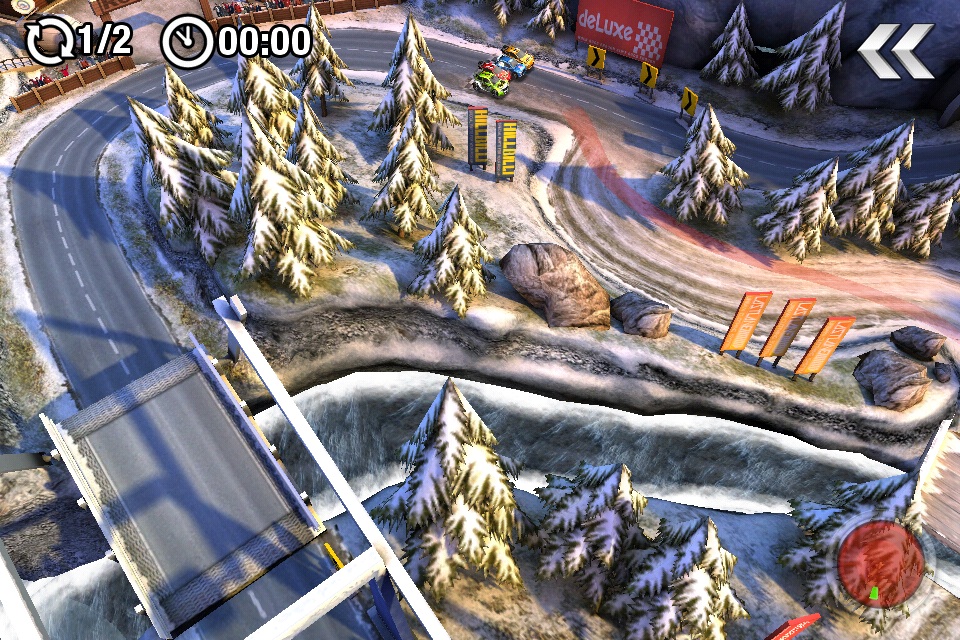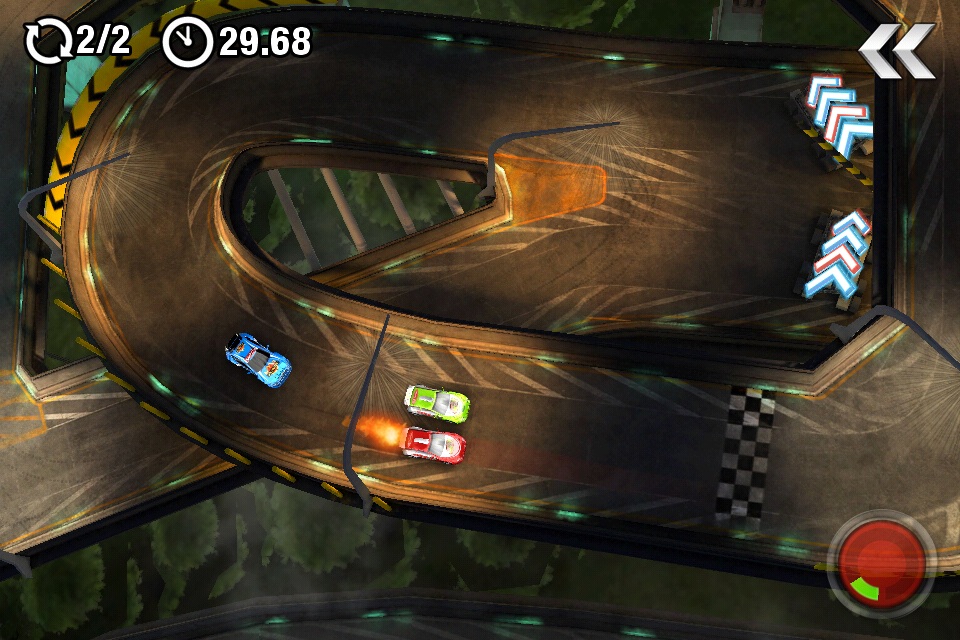Finger to the pedal: The making of DrawRace 2
How RedLynx restarted its linedrawing racer's engine

Mobile games might not take the two or three years to develop your typical console blockbuster absorbs, but the fast pace of the smartphone scene means the entire market can shift before you have a chance to get your title out.
Such was the case for DrawRace 2. While RedLynx's follow up inevitably took a different path to its predecessor in some respects – updated graphics and a partnership with Chillingo top of the bill.
We caught up with RedLynx co-founder and DrawRace 2 executive producer Atte Ilvessuo for his take on how the the ever-changing nature of the mobile market impacted on the game during its development.
Pocket Gamer: Considering the success you've had with Trials HD, why did you want to go back to DrawRace? Atte Ilvessuo: It wasn't really a matter of doing one or the other.At RedLynx, we've always had multiple teams working on different projects, so development of DrawRace 2 happened in parallel with the development of Trials Evolution, the sequel to Trials HD. which is later coming to Xbox Live Arcade.
What were the main areas of DrawRace you wanted to improve in the sequel?It wasn't really just a few areas - we believe we've raised the bar on every aspect of the game.
The gameplay is deeper and more interactive, the sound and music is deeper and more varied. There is a big single-player campaign, the online options, leaderboards, and friend challenges are far more comprehensive, and of course the 2D cartoony graphics of the original have become a beautiful, detailed, 3D environment.
The first game reviewed very well, but didn't sell so well, especially in the US. Why do you think that was the case, and did you specifically change anything in DrawRace 2 for the American market?Not sure that we'd agree that the first game didn't sell too well in the U.S., it's actually had a long, strong sales curve over time.
At what stage did you decide to work with Chillingo as publisher?Chillingo has done an excellent job publishing big titles for iPhone, like Cut the Rope, Angry Birds and many others, so we wanted to work with them give this game some extra publicity.
 At what stage did you decide to add some direct control i.e. the boost button?
At what stage did you decide to add some direct control i.e. the boost button?
This was an idea that came up fairly early in the development of DrawRace 2.
We felt that it adds a layer of interactivity to the race playbacks that really keeps the player much more involved and engaged than they otherwise would be. User feedback also backed up this theory.
Was there any reason you didn't add in-app purchases to the game?Actually, there are in-app purchases! Although it doesn't affect the overall gameplay, there is an option in both DrawRace 2 and DrawRace 2 HD to unlock individual career skill levels, or alternately, to unlock all levels and cars at one go.
You of course can still play through the game normally and unlock everything that way.
Why did you decide to release separate iPhone and iPad versions?
In order to deliver the richest possible visual experience on the iPad, that version really needed a different set of visuals, scaled up, from what you get on the iPhone version.
The iPhone app itself is already 200 MB - if it included iPad graphics too, well that would make it an extremely large game. That is why we needed two versions, rather than go the Universal route.
There's also the fact that the game does play slightly different on iPad vs. iPhone, which is why have separate leader boards and world league for the two devices.
 Were there any features or elements that you didn't have time/resources to include?
Were there any features or elements that you didn't have time/resources to include?
Yes, but we don't want to reveal them yet - stay tuned for new features in updates.
Can you give a rough breakdown of the development time and any significant tools you used?
DrawRace 2 was developed over a period of 12 months, by a team of about six people. The engine we used is a proprietary, internal technology of our own making.
Obviously every game project has its own internal difficulties and hurdles to get through, from getting the right look and feel for the graphics to working on stability and testing.
What makes developing for iOS unique though is how rapidly the market you are aiming for can change even during the development cycle.
For example, when we began DrawRace 2, premium, fixed-price, full-featured games dominated the charts. By the time we were finished, the freemium game model had become the new powerhouse.
 What part of DrawRace 2 are you most happy with?
What part of DrawRace 2 are you most happy with?
I think the friend challenges are one of the most exciting features in the game. It literally takes only a few clicks to set up a challenge and send it directly to someone on your friends list.
It sounds extremely simple, but it becomes one of those addictive, competitive things right away.
What most surprised you about the audience and press feedback?Probably the most surprising part has been is how positive and enthusiastic the reaction to the game has been from both gamers who are playing the game and the press who have been doing the reviews.
We certainly knew the game was great, but you can't always depend on everyone else discovering that. The game though has a Metacritic score of 88 right now - that's the highest of all our games, beating even Trials HD.
How has the take-up been for the daily World League events?There are lots of regular daily users of World League Events and we are thinking about new features that we could offer for these long term fans of the game.
What's next for DrawRace and RedLynx?Right now we are working very hard on Trials Evolution for Xbox Live Arcade, and we have just launched MotoHeroz for WiiWare.
We also have new iOS projects in development, but perhaps we'll be back to talk about those another day.
Thanks to Atte for his time.